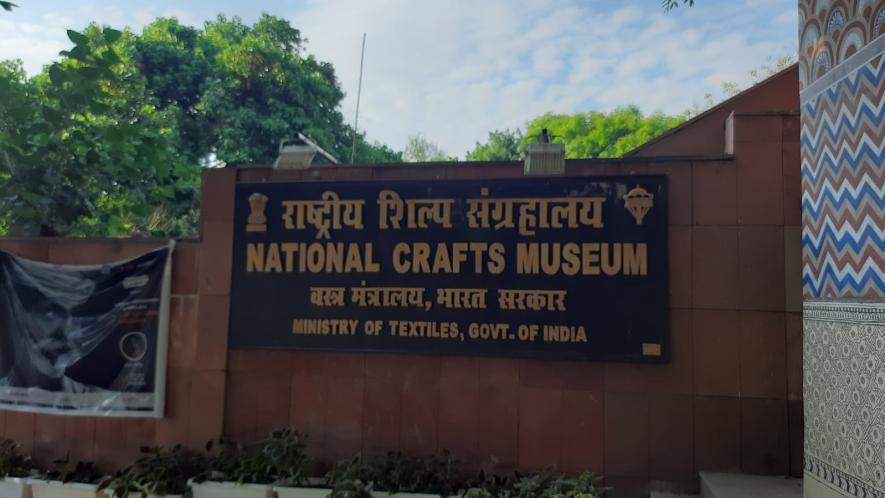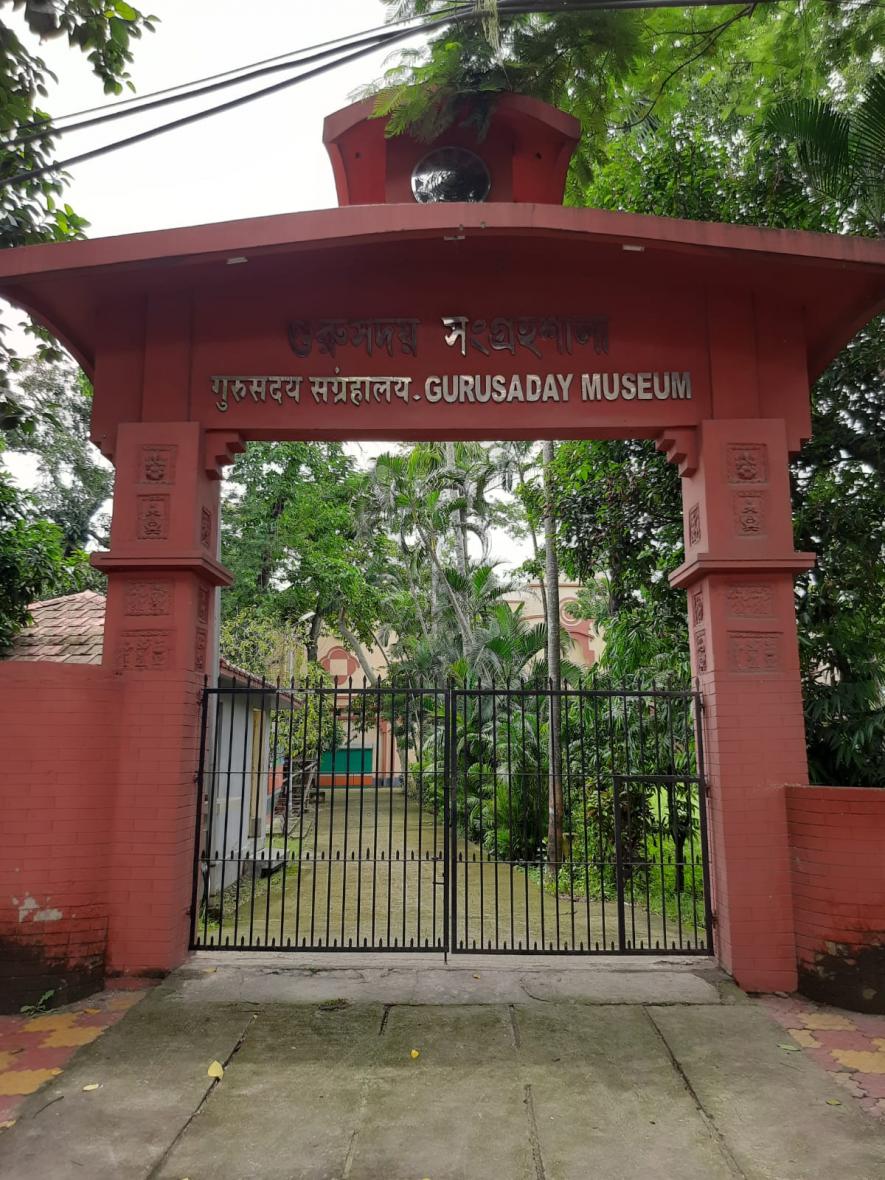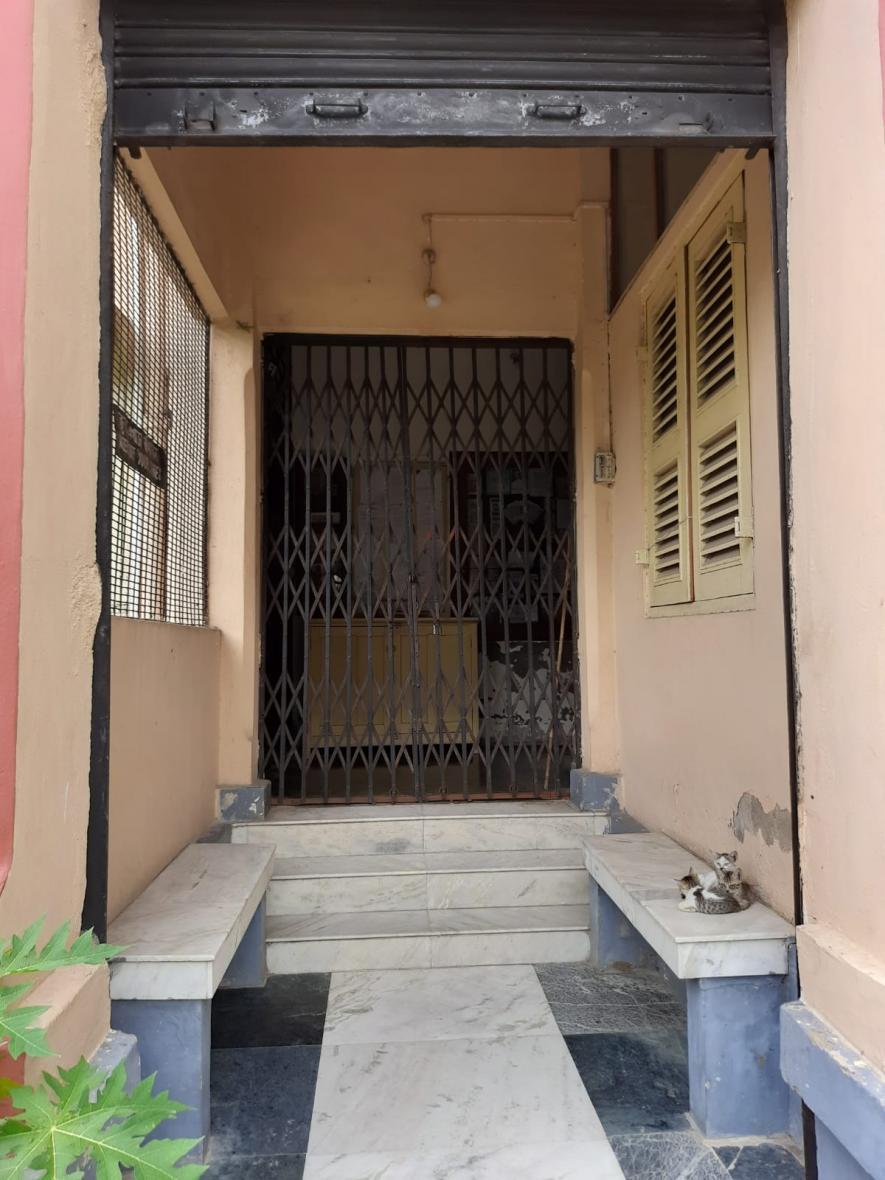A Tale of Two Museums: Slow Death of Public and Public-Spirited Institutions

Situated on a corner of the Pragati Maidan in Delhi, opposite the Purana Qila complex, is the National Crafts Museum (NCM). It has a sprawling campus with several galleries boasting an impressive collection ranging from rare Rajasthani Phad paintings to intricate Dokra metalworks, from pristine Madhubani kohbar ghar murals to magnificent Bhuta sculptures of Tulunad.
Established in 1956 by the All-India Handicrafts Board at the initiative of its inaugural chairperson Kamaladevi Chattopadhyaya, the museum is a national repository of India’s diverse tangible heritage in the folk arts and handicrafts. It is well-staffed and appears to be well-resourced too. In the heart of the national capital, it is a symbol of all that is still good about state patronage.
The Handicrafts Board, once associated with the likes of Pupul Jayakar, Kitty Shiva Rao, Lakshmi Chand Jain and Fori Nehru, now stands dissolved. The government of India abolished it in the middle of the COVID-19 pandemic.
At present, the NCM receives its endowment directly from the Ministry of Textiles. It seems to be doing quite well in terms of footfall. Featuring an audio-visual gallery that doubles up as a convening space for hire, a successful privately-run café, and a Central Cottage Industries Emporium retail outlet within its compound, the museum has diversified its role and reputation greatly. In other words, it has been tastefully commercialised to some extent.
Contrast this description with the image of yet another museum dedicated to the folk arts and crafts — one tucked away in the southern suburbs of Kolkata, in the locality of Joka. The Gurusaday Museum, named in the memory of the civil servant, collector and folk revivalist Gurusaday Dutt, also has a lush green campus (including a small lake), and houses a rich collection of rare artifacts including the largest collection of kantha textiles anywhere in the world. In spite of having a distinct focus on the folk culture of Bengal, like the NCM, its repository contains objects obtained from all over India, most of which were collected by Dutt himself in the early 20th century.
The similarities between the two museums unfortunately end here. The Gurusaday Museum is managed by a private trust, one that was set up at the time of its establishment in 1961. Dutt’s family was an influential force behind the museum. His daughter-in-law, social worker Aroti Dutt, was its long-term chairperson, and historian Barun De (also related to the Dutt family and former chairperson of the West Bengal Heritage Commission) was a long-time trustee.

Since 1984, the museum had received public funds from the Ministry of Textile in the form of an annual grant-in-aid and had been placed under its general guidance. That source of money dried up abruptly in 2017.
The Ministry unilaterally stopped the flow of funds on the grounds that a private body cannot continue to receive public monies indefinitely. It proposed to transfer the museum’s entire collection to the Indian Museum, Kolkata. The management and the staff were only informed after this decision was already taken. They were not consulted before. The salaries of the 13 museum employees were withheld and it seemed that the closure of the museum would herald the inevitable termination of their jobs.
The Ministry also paid no heed to the fact that moving such a vast collection to the already cramped Indian Museum would be logistically unfeasible and would hardly be a fair way of treating rare artifacts in need of dedicated conservation and display.
All appeals fell on deaf years. The museum tried to remain afloat through a concerted attempt at crowdfunding initiated by prominent well-wishers but to no avail. It closed down during the pandemic, opened briefly last year, and closed down again due to the lack of funds and disputes within the management of the trust (the control having apparently lapsed to the Bratachari Society, a folk-revivalist rural-reconstruction initiative started by Gurusaday Dutt, on whose land the museum complex is situated) in December 2022. It remains closed to visitors as of now. When asked, the caretaker of the museum could not shed any light on its possible future. Emails sent to the museum’s official email address went unanswered.
Juxtaposing the fates of NCM and the Gurusaday Museum reveals certain changes that have transpired in the government of India’s attitude and perception with regard to the nature and value of institutions in public life.
For quite some time, the government has been reiterating its political commitment to the overarching principle of ‘one nation, one everything.’ In this single-minded pursuit of oneness — especially in education, law, and culture — it is writing over crucial differences and squeezing out institutions with a non-national focus, those that do not conform to its express political will and administrative control. The location and history of the Gurusaday Museum are not immaterial to the decision taken to stop its funding. It is after all situated in Kolkata, the capital of a state where the BJP is still in the opposition.
It is not that the government is only cutting corners. Monies are flowing into all sorts of public (and private) institutions, provided they are under the direct tutelage of the Union government or are located in states ruled by BJP. Grants from the Union government, which state government institutions are also entitled to enjoy, are being withheld on flimsy pretexts through politically motivated decisions. For example, the Jadavpur University is yet to receive the funds that are owed to it under the Rashtriya Uchchatar Shiksha Abhiyan (RUSA) scheme till date.
The discriminatory and anti-federalist approach could not have been clearer: only national (read BJP-controlled) institutions are worth spending money on. The states must fall in line or else their own institutions will be deprived and arm-twisted.
The defunding of the Gurusaday Museum also highlights the assumption that is already gaining wider currency: public-spirited institutions cannot claim public funds if/because they are autonomously governed. Spurious private institutions, such as the Jio University, can count on the generosity of the Union government but institutions with a rich history of serving public causes and benefit cannot.
The received wisdom is this: institutional autonomy must imply financial autonomy, even for public institutions. They must fend for themselves or cease to exist. If the Union government spends any money on an institution, public or not, it expects political conformity and/or overt control. It is not enough to be accountable for the expenditure of public funds anymore, institutions must learn to supinely accept the political vision of the ruling party for an obedient, homogenous and saffronised India to survive.

Public and public-spirited institutions are undergoing a crisis in India today. They have to choose between falling in line and going bankrupt. Institutional autonomy has become an anathema to the idea of even staking a claim to, let alone being eligible for the receipt of public funds.
As a consequence, old museums have become uniquely vulnerable. Usually dependent on government grants, they have now been reduced to recipients of discretionary state charity. No longer do they enjoy the status of respectable institutions entitled to public funds for their constructive role and place in public life as the custodians of national and regional heritage. If they do not fit into the political priorities of the BJP, they are not worth funding.
What is being conveniently forgotten is that dying repositories like the Gurusaday Museum are heritage institutions unto themselves having legacies that are almost as old as the very post-colonial nation-state they serve. The Prime Minister often waxes eloquent on the glorious ancient heritage of Indian civilisation and culture. He would do well to remember that dead institutions make not heritage holy or leaders great.
The writer is a Rhodes Scholar from India, studying Global and Imperial History at the University of Oxford. The views are personal.
Get the latest reports & analysis with people's perspective on Protests, movements & deep analytical videos, discussions of the current affairs in your Telegram app. Subscribe to NewsClick's Telegram channel & get Real-Time updates on stories, as they get published on our website.





















